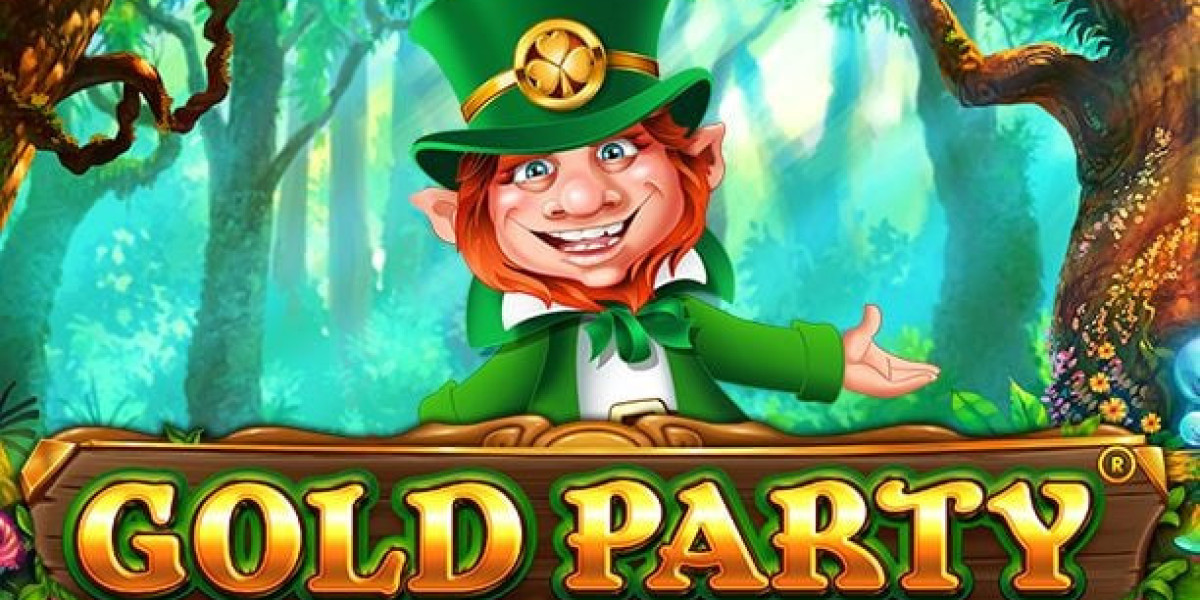Discover the world of Harimanga, your ultimate destination for manga reviews, recommendations, and the latest updates in the manga community.
Manga, a term that evokes the rich tapestry of Japanese culture, has grown far beyond its origins as a form of entertainment into a global cultural powerhouse. Rooted in Japan’s artistic traditions, manga is now enjoyed worldwide, from the streets of Tokyo to the far corners of the world. This article explores what manga is, its history, its diverse genres, and the influence it has had across the globe.
What is Manga?
At its core, manga refers to Japanese comic books or graphic novels. The word “manga” is a combination of two characters: "man" (meaning whimsical or free-flowing) and "ga" (meaning drawing or image). Traditionally, manga is characterized by a unique art style that uses expressive characters, highly detailed backgrounds, and intricate visual storytelling. Manga can be as short as a single issue or as long as entire series that span hundreds of chapters, often serialized over weeks or months before being collected into volumes.
Unlike Western comic books, which are typically targeted at younger audiences, manga appeals to a wide range of readers, from children to adults, with stories and themes that cross every conceivable genre. Readers are drawn into manga not only by its stunning visuals but also by its deep character development, immersive world-building, and often thought-provoking plots.
A Brief History of Manga
The roots of manga can be traced back to ancient Japan, where illustrated narratives such as picture books and picture scrolls, called emakimono, were used to tell stories. However, modern manga as we know it today began to take shape during the late 19th and early 20th centuries. In the 1920s and 1930s, manga magazines started to emerge, and it was during this period that the art form became more widely recognized.
The post-war period of Japan's history was particularly pivotal for manga, as the country's recovery led to an explosion of manga creativity. In the 1950s, Osamu Tezuka, often referred to as the “God of Manga,” revolutionized the medium with his series Astro Boy (Tetsuwan Atom). His influence on the manga art style, particularly in the way characters were drawn with large eyes to convey emotion, is still seen in manga today.
Manga continued to evolve throughout the decades, with different periods seeing the rise of specific genres and styles. From the 1970s onward, manga became more diversified, with stories targeted at specific demographics like teenagers, young adults, and even older readers. This explosion of variety led to the creation of manga genres such as shonen (aimed at boys), shojo (aimed at girls), and more mature genres like seinen and josei, which cater to adult audiences.
The Various Genres of Manga
One of the reasons manga is so beloved worldwide is its vast array of genres, making it accessible to anyone, regardless of age or interest. Here are some of the most popular genres:
- Shonen: These are action-packed stories usually aimed at young boys. They often feature themes of friendship, rivalry, and perseverance. Popular examples include Naruto, Dragon Ball, and One Piece.
- Shojo: Shojo manga is targeted at young girls, often featuring romance, character-driven plots, and emotional depth. Sailor Moon and Fruits Basket are iconic examples of shojo manga.
- Seinen: Seinen manga is intended for adult men and is known for its darker, more mature themes, including violence, psychological drama, and complex narratives. Berserk and Ghost in the Shell are notable examples.
- Josei: Like seinen, josei manga is for an adult audience, but it is aimed at women. These stories often explore more realistic romantic relationships and personal growth. Nana and Paradise Kiss are popular josei manga.
- Kodomomuke: These are manga designed for young children. They often feature simple stories with educational or moral lessons. Doraemon and Anpanman are well-known kodomomuke series.
Manga’s Global Influence
Manga’s influence has spread far beyond Japan, captivating readers across the globe. In the United States and Europe, for instance, manga has experienced a meteoric rise, especially in the early 2000s. The growth of fan communities and manga conventions has helped solidify its global reach. Popular series like Naruto, Attack on Titan, My Hero Academia, and Demon Slayer have become cultural phenomena, inspiring not only anime adaptations but also video games, merchandise, and even Hollywood adaptations.
One of the most significant factors in manga's international success is the rise of anime—the animated counterpart to manga. Anime adaptations of manga series often serve as gateways for international audiences to discover the original manga. With streaming platforms like Netflix, Crunchyroll, and Funimation offering access to anime globally, the manga-to-anime pipeline has introduced millions of fans to manga series they might not have otherwise discovered.
In addition, manga’s influence extends to other art forms and industries, including fashion, literature, and even visual storytelling in video games. Its emphasis on visual storytelling, combined with diverse narratives, has set the tone for new forms of storytelling in Western comic books, and it has paved the way for more international collaboration between creators.
Conclusion
Manga is far more than just Japanese comic books; it is a dynamic and ever-evolving medium that has left a profound impact on global pop culture. From its early roots in ancient Japan to its current status as a worldwide phenomenon, manga has captivated audiences with its rich storytelling, colorful art, and limitless genres. As both an art form and a cultural export, manga continues to grow in influence, inspiring new generations of creators and fans alike. Whether you are a long-time manga enthusiast or just beginning your journey, there is always something new and exciting to discover in the world of manga. Join harimanga apk for comprehensive manga reviews, engaging discussions, and the latest news, catering to both new readers and seasoned fans alike.















